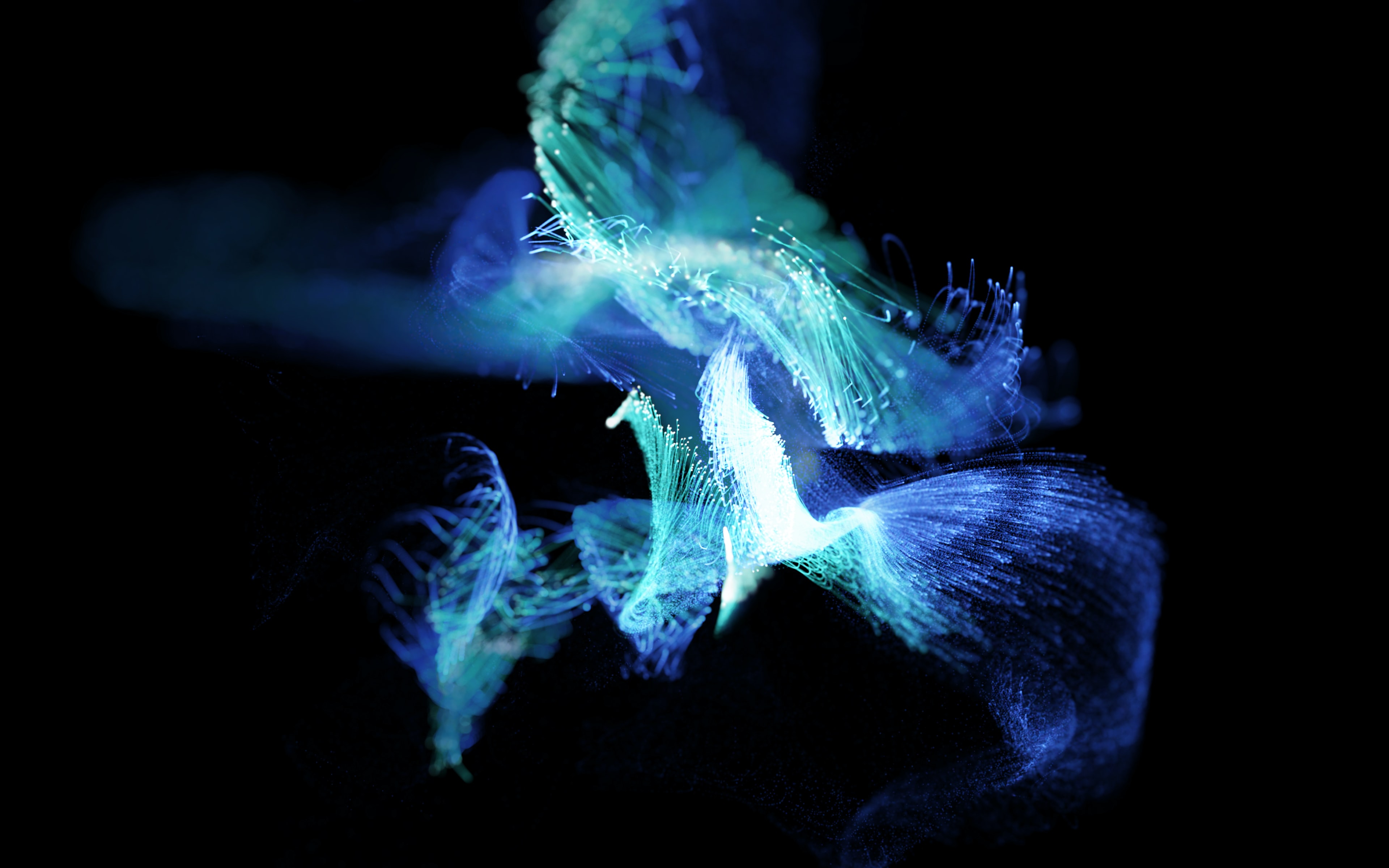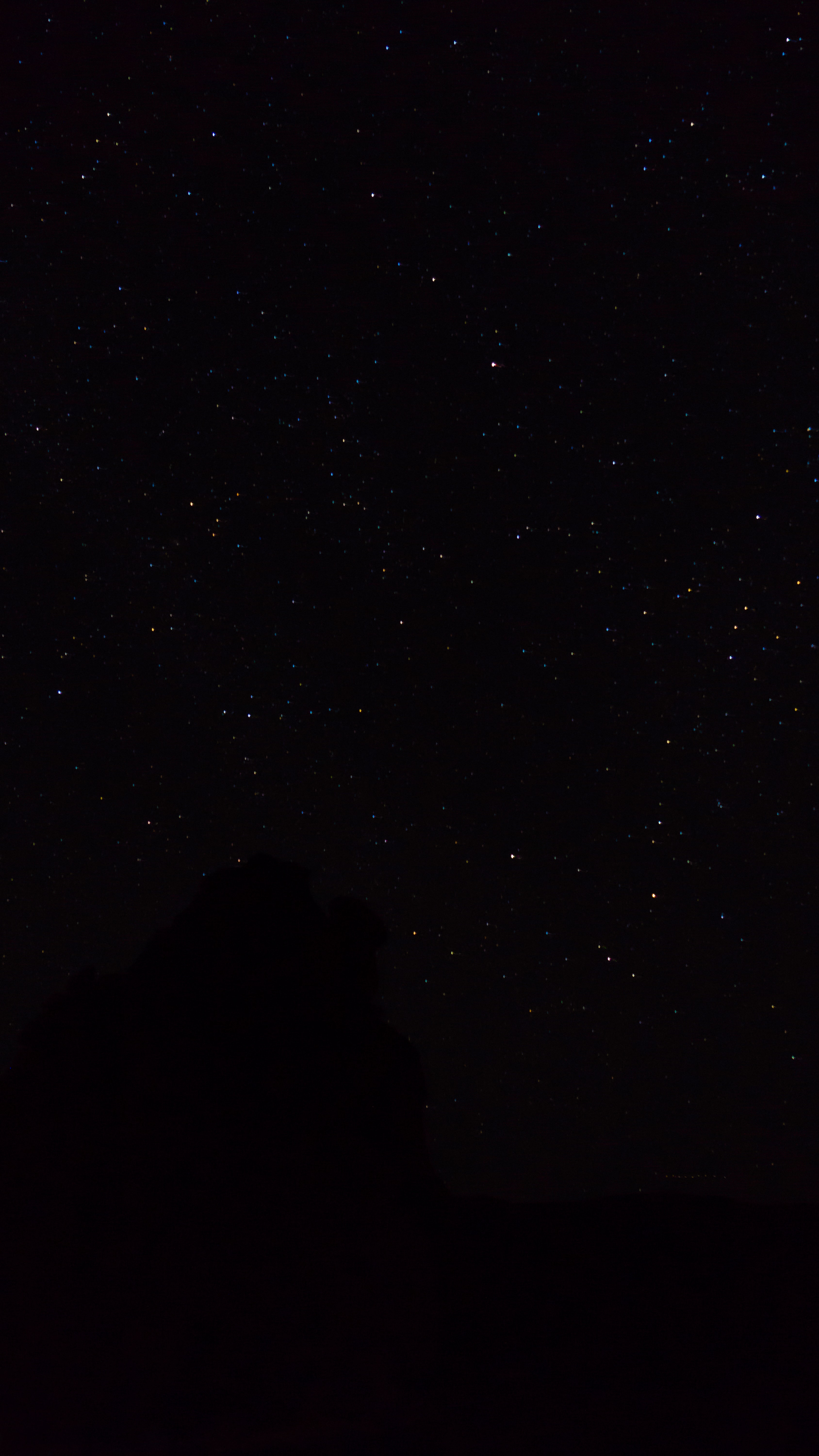
The universe in a bottle
Juan Maldacena is in many ways the antithesis of Albert Einstein. He doesn’t have a mop of hair. He’s not a pop culture icon. He doesn’t stick his tongue out for photos. What’s more, his study and desk are perfectly, ascetically tidy. Actually, the only thing that connects Maldacena and Einstein is theoretical physics – and the fact that they both imagined the universe anew.
The universe in a bottle – the idea emerged in Juan Maldacena’s head in 1997, as he was sitting at his empty desk and thinking. Within that bottle, described by equations, we have the world with three dimensions of space and working gravity. But that interior is, in fact, a projection of what happens on the two-dimensional surface of the bottle: a hologram. It’s not about the world being a simulation, but rather that fundamentally, we could describe it better, and more simply, if we assumed it has two dimensions.
When Maldacena published his model, it caused quite a stir in the world of physics. One of the most eminent contemporary physicists, Leonard Susskind, called him a master, and it’s no wonder – the world as a hologram is a notion that this American scientist had popularized. According to him, a holographic reality would save us much trouble.
The trouble isn’t practical, but purely theoretical, and we got ourselves into it because of another giant: Stephen Hawking. He proved once that energy can escape from black holes and that a whole such cosmic entity can, on a very long timescale, evaporate like this. But what about the information carried by the particles as they fell into the black hole? According to physicists, information should never disappear. Susskind offered a solution to this paradox. If we treat the interior of the black hole as a holographic projection of its two-dimensional surface, or the event horizon, the problem vanishes. Information can linger around on the event horizon, so that at the right moment – as strange as it sounds – it can escape along with the evaporating energy.
The bottled universe would, then, be a step towards solving Hawking’s paradox. But it would only be a small step, for the simple reason that it’s not our universe, but a completely different one. Maldacena’s model is the so-called anti-de Sitter space: something very unlike our reality.
The opposite of the anti-de Sitter space, or the de Sitter space, does describe our space-time, but empty, devoid of all matter. Anti-de Sitter space is not only empty, but also curved the other way, which is quite hard to picture, because even the normal curvature of space-time is a challenge to our imagination. Most often it is described like this: our space-time is curved like a sphere, and the negative one resembles a saddle.
In order to check whether our reality can be a hologram, we are making theoretical attempts at bending the world in a bottle so that it looks like ours. Xi Dong, Eva Silverstein and Gonzalo Torroba presented this approach a few years ago: they took two anti-de Sitter spaces, sliced them, stretched and glued them together. The result was something like a de Sitter space. But this, too, is also only a small step towards a solution.
There were also attempts at proving the holographic nature of the world empirically. To that end, Craig Hogan from Fermilab designed an ultra-sensitive interferometer, a device analogous to those that are used for registering gravitational waves. The function of Hogan’s holometer was not to register any waves, however, but to observe space-time itself. The holographic reality theory involves the existence of space-time quanta, or its smallest, indivisible particles – something like pixels. Hogan suspected that thanks to its exceptional resolution, his holometer would catch these pixels, demonstrating that with sufficiently accurate measurement the world starts to blur.
The experiment was both famous and controversial – it was discussed by international press, but some experts, including Susskind himself, thought it led nowhere. “The idea that this tests anything of interest is silly,” the famous physicist told a Science reporter in 2012 and hung up, refusing to comment further. The holometer started operating in 2014, and a year later its results were announced. No fundamental ‘holographic noise’ was detected.
So it looks like we might have to wait longer for an answer – there’s no way of knowing how long. For now, we can wonder what it would mean if we did prove that three-dimensional space is a holographic projection of some distant surface. It probably wouldn’t change everyday practicalities, but the transformation of our concept of the world would be enormous, and, who knows, could even be comparable to the Copernican Revolution. Whether we’d associate that revolution with the name of Maldacena, Susskind, or perhaps someone else still, is really a side issue.
To inject or not to inject?
We’ve had record levels of heat again this summer. On the global scale, it was the hottest July on record – on land. The ocean was a bit cooler, which lowered the average temperature, but it was scorching nonetheless. It’s little wonder that the key question returned: if it goes on like this, will we have to start injecting?
The idea is to introduce aerosols into high layers of the atmosphere in a process known as SAI (Stratospheric Aerosol Injection). According to some, it is the only method available today that can slow down global warming. Others think that the risks involved in using this technique, and its as yet unknown results, are too significant to employ it.
SAI a straightforward method in which particles that would create an aerosol – a suspension in air – are sprayed into the stratosphere, at an altitude of around 20 kilometres. The method emulates the results of natural volcano eruptions: their cooling effect has been observed many times, and measured precisely after the eruption of Mount Pinatubo in the Philippines (1991). In its aftermath, temperatures in the Northern Hemisphere fell by 1.5°C for 15 months. 800 people also died – not because of the aerosols, but because of ash, volcanic bombs, mudslides, etc.
The injected substances could be sulphur compounds (like in volcanoes) or calcium carbonate (calcite). These substances are able to create something like an airborne mirror in the atmosphere that would reflect some of the sunlight travelling towards the Earth’s surface. It has been calculated that a kilogram of sulphur – if well-injected – can counterbalance some hundreds of thousands of kilograms of carbon dioxide, the cause of global warming. Aerosols stay in the stratosphere for between a year and three years, so the change isn’t permanent.
Some technical problems still haven’t been solved. No aircraft exists today that can both fly at that altitude and has enough displacement. Balloons are too small, and huge planes cannot reach the level of 20 kilometres. Building appropriate machines, however, is within reach of the technology at humanity’s disposal today.
But there is still doubt as to whether this is the right way to fight global warming. Scientists are wary of such a strong interference in the climate. Although simulations suggest there is no reason to worry, more long-term experience shows that interfering with nature on a large scale can have unpredictable results, like in the case of diverting rivers or transporting animal species across continents.
SAI doesn’t remove carbon dioxide from the atmosphere; it only reduces the amount of light reaching the Earth’s surface. So it would be cooler, but also a bit darker. We don’t know exactly how nature and agriculture would react. Another cause of resistance is the fact that introducing such a short-term way of fighting climate change could undermine all plans for the reduction of greenhouse gas emissions.
According to Harvard professor Frank Keutsch, SAI is a bit like a palliative: given to a patient it will allow them to function normally for a time. But there is a risk that, freed from pain, the patient will forget the actual cause of the illness that they should be battling.
In this case, should aerosol injection as a method of fighting climate change be allowed? Keutsch says that we should definitely keep researching it; this will allow us to know as much as possible about what to expect if there does come a moment when humanity decides to employ it. He also emphasizes that the ones most affected by the climate crisis are the ones who contribute to it the least, for example the residents of the sinking Pacific islands. Should we be condemning their homelands to destruction even though we are in possession of a short-term precautionary measure?
Oxygen from stones
Which element is the most common on the moon? It is, in fact, oxygen. It makes up around 40-45% of the moon’s rocks. Admittedly, it is bound up in oxides of various metals, but the European Space Agency (ESA) has learned how it can be freed. One needs to combine rock fragments with melted calcium chloride, heat up the mixture to 950°C, and then run an electric current through it. Oxygen will flow towards the anode.
ESA scientists admit that they weren’t the ones to devise this method, but the British metallurgical company Metalysis: they use it to purify metals. As it happened, a scientist at ESA, Beth Lomax – who had previously worked at Metalysis – put two and two together, and voila. A ready way for the future residents of a moon base to obtain oxygen. And a wonderful example of how every experience can at some point unexpectedly come in handy.
The great journey of the tardigrades
The main aim of the Beresheet mission was just to land on the moon. The probe was to place the Israeli flag there, and carry discs containing, among other things, the Pentateuch (in Hebrew), Wikipedia (in English), children’s drawings of space, and other data that nobody on the moon was waiting for. The mission didn’t have any significant scientific ambitions. The probe only contained one instrument, to measure the local magnetic field, but nobody expected much from this device because Beresheet was only supposed to function on the moon’s surface for two days. After that time, the shieldless craft was going to irreversibly overheat.
The aims of the mission, funded by the Israeli billionaire Morris Kahn, were – let’s face it – more about patriotism and ambition than research. Not long before launch, however, somebody decided that the scientific aspect of the venture should be reinforced, and placed some tardigrades among the data discs. What for? That’s not entirely clear.
The probe was launched on 22nd February 2019. It took a selfie with the Israeli flag in the foreground and Luna in the background, only to crash on the hard surface of the Sea of Serenity during a failed landing attempt. It wasn’t the first or the last lander to crash at its destination. The world soon moved on. But the question remains: What about the tardigrades? Could they have survived the smash-up?
Tardigrades are tiny and extraordinarily resilient creatures. They went to the moon in a state of cryptobiosis, dehydrated – they are extremely hardy in that form. They can survive a vacuum, extreme cold and heat, as well as cosmic radiation. The only thing that can kill them is UV radiation. So if, after the crash, they are somewhere shielded from ultraviolet, they’ll be fine. Otherwise they might have been killed.
The next question is: how likely is it that at some point conditions will allow the moon tardigrades to come out of their dormancy? To that end, they would have to encounter liquid water (of which there is none on the moon, as far as we know). Second, they would need something to eat. Their dietary requirements aren’t too sophisticated, a handful of leaves is enough, but there’s not even a blade of grass where they’ve found themselves. So we can assume that the chance of tardigrades establishing a moon colony is practically nil.
Why write about it, then? There’s really only one reason. If, somehow, thanks to some unpredictable coincidence, the tardigrades did reactivate, and were maybe even pushed by evolution towards new life forms, there would be fresh resonance to the fact that the spacecraft that brought them to the moon is called Beresheet. It is the Hebrew title of the Book of Genesis, as well as its first words: “In the beginning.” It must be said there’s something appealing about this. The tardigrades would also have the Pentateuch and Wikipedia at their disposal. Perhaps they would, one day, divide into two factions, depending on which source of teaching they prefer. But this might be letting the imagination run a little too wild…

Translated from the Polish by Marta Dziurosz









